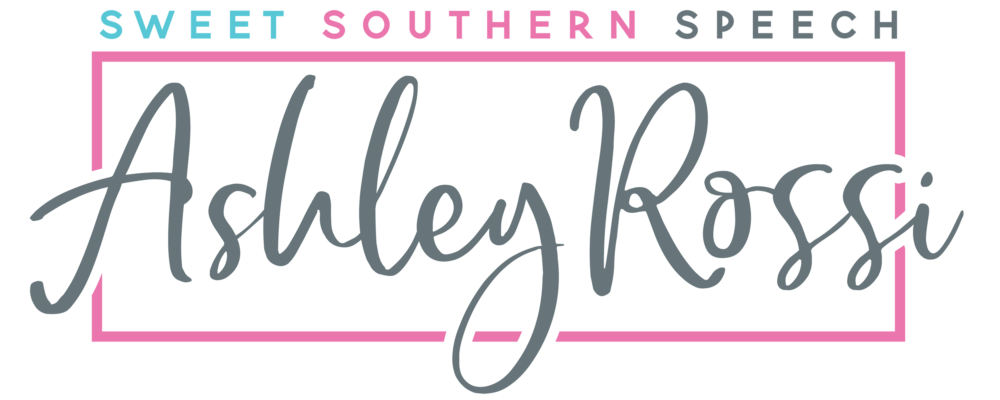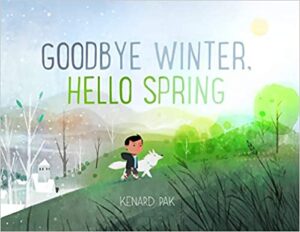In a simple, cheerful conversation with nature, a young boy observes how the season changes from winter to spring in Kenard Pak’s Goodbye Winter, Hello Spring. As days stretch longer, animals creep out from their warm dens, and green begins to grow again, everyone knows―spring is on its way! Join a boy and his dog as they explore nature and take a stroll through the countryside, greeting all the signs of the coming season. In a series of conversations with everything from the melting brook to chirping birds, they say goodbye to winter and welcome the lushness of spring.
This vivid spring book can be used in speech therapy to address illustration study, adjectives, and figurative language. It is also great targeting /h/, /l/, /s/ blends, and /ing/ sounds! Discover more of the speech and language teaching concepts for using Goodbye Winter, Hello Spring in speech therapy below:



